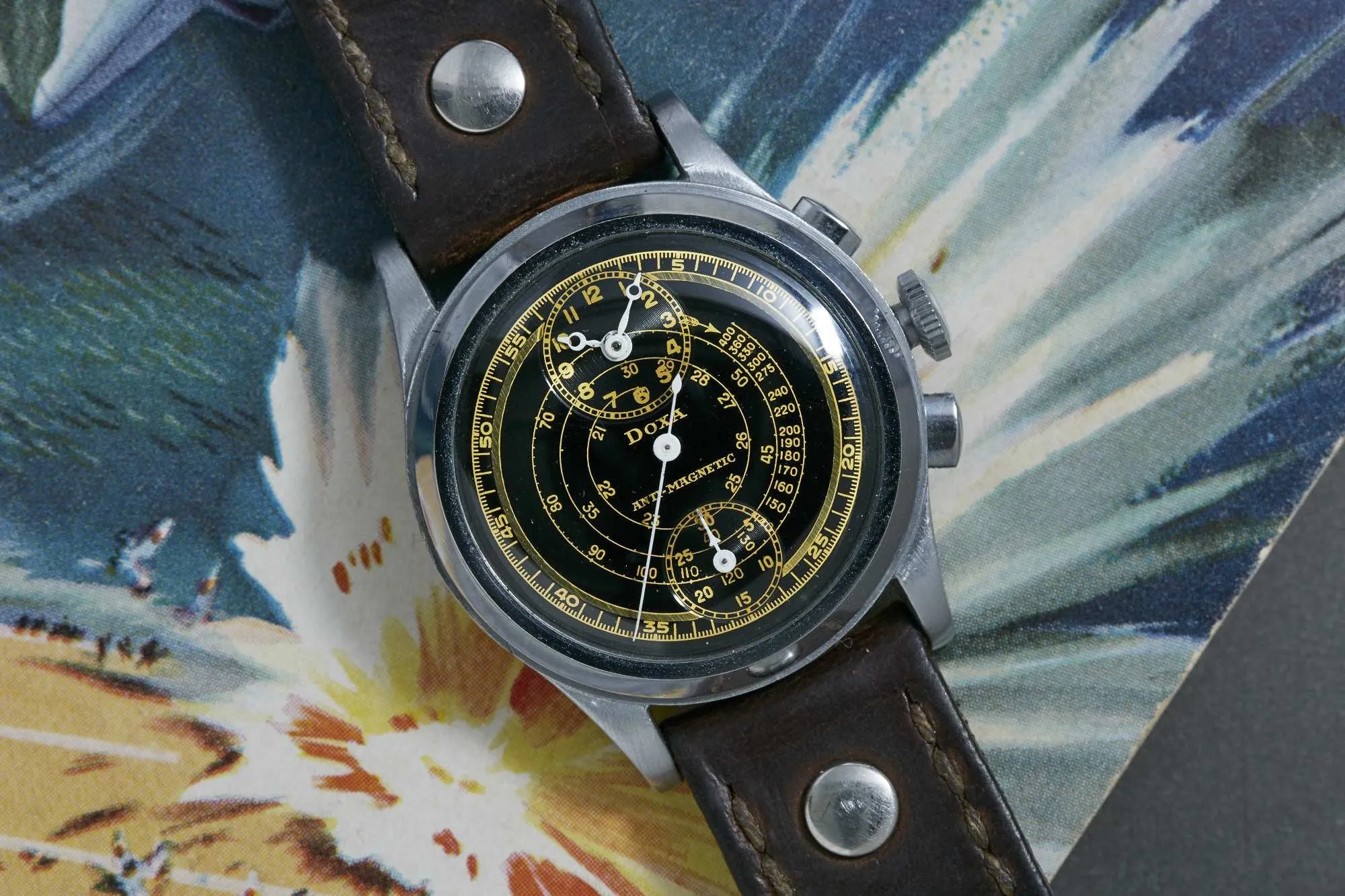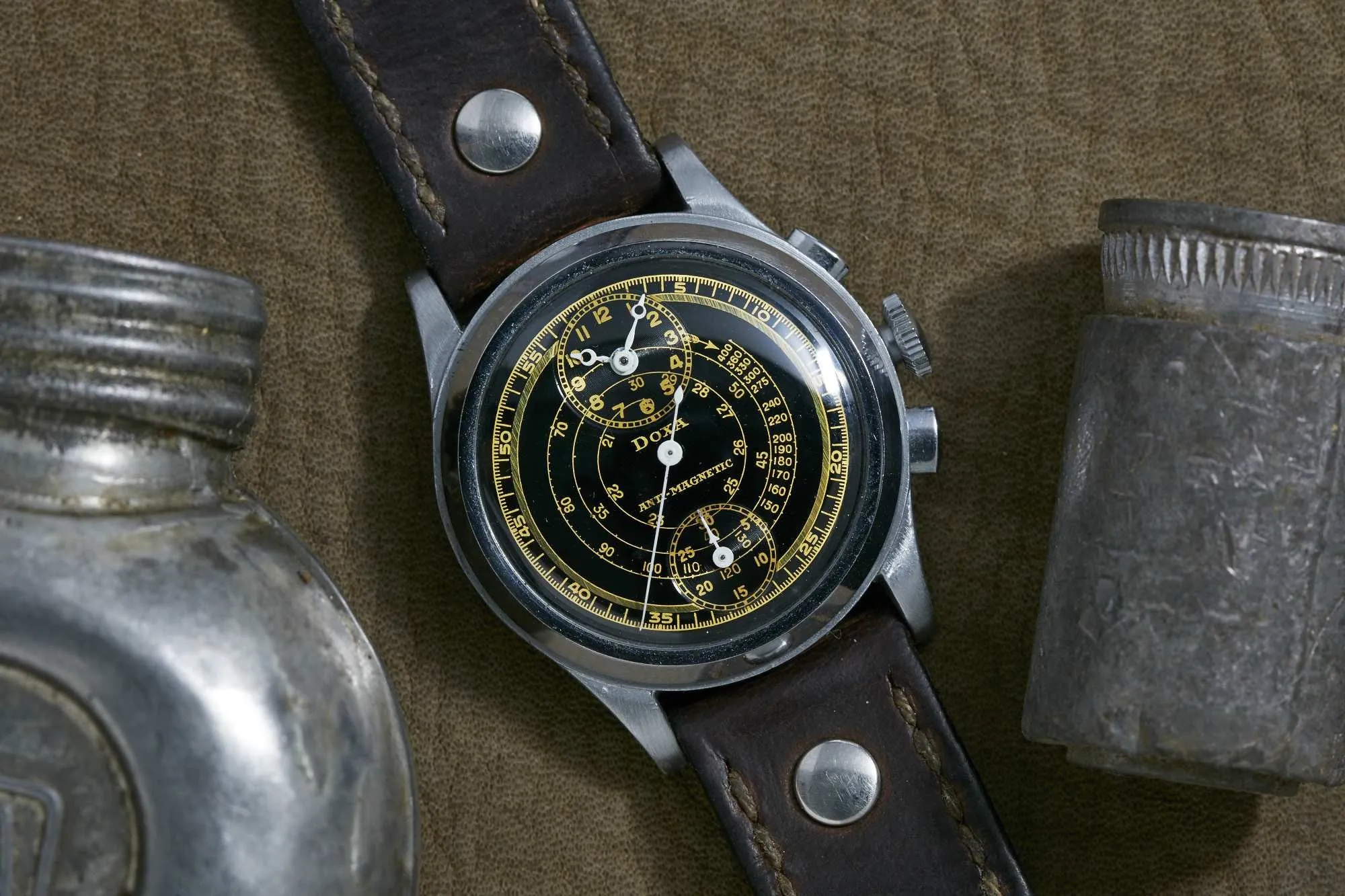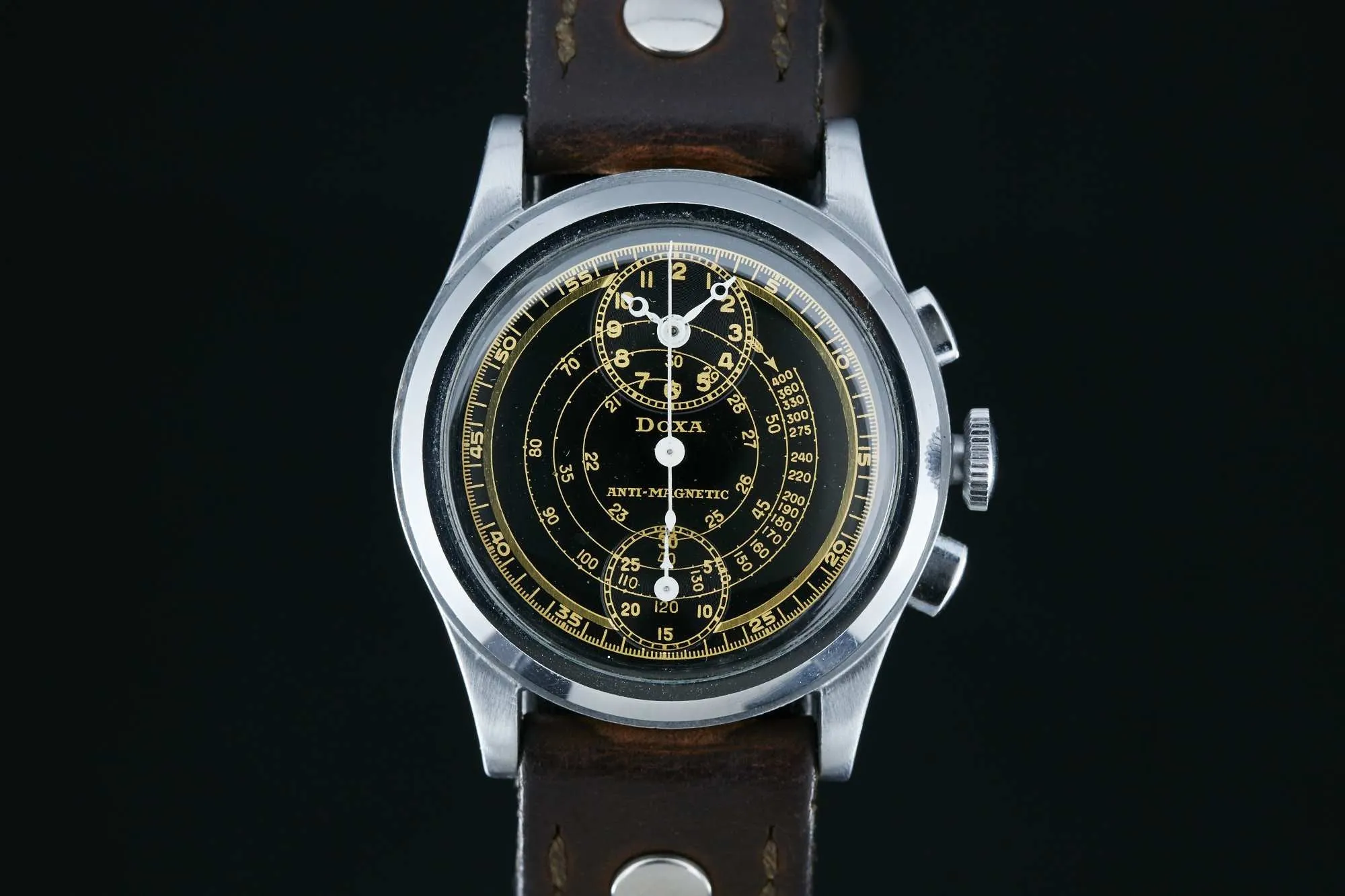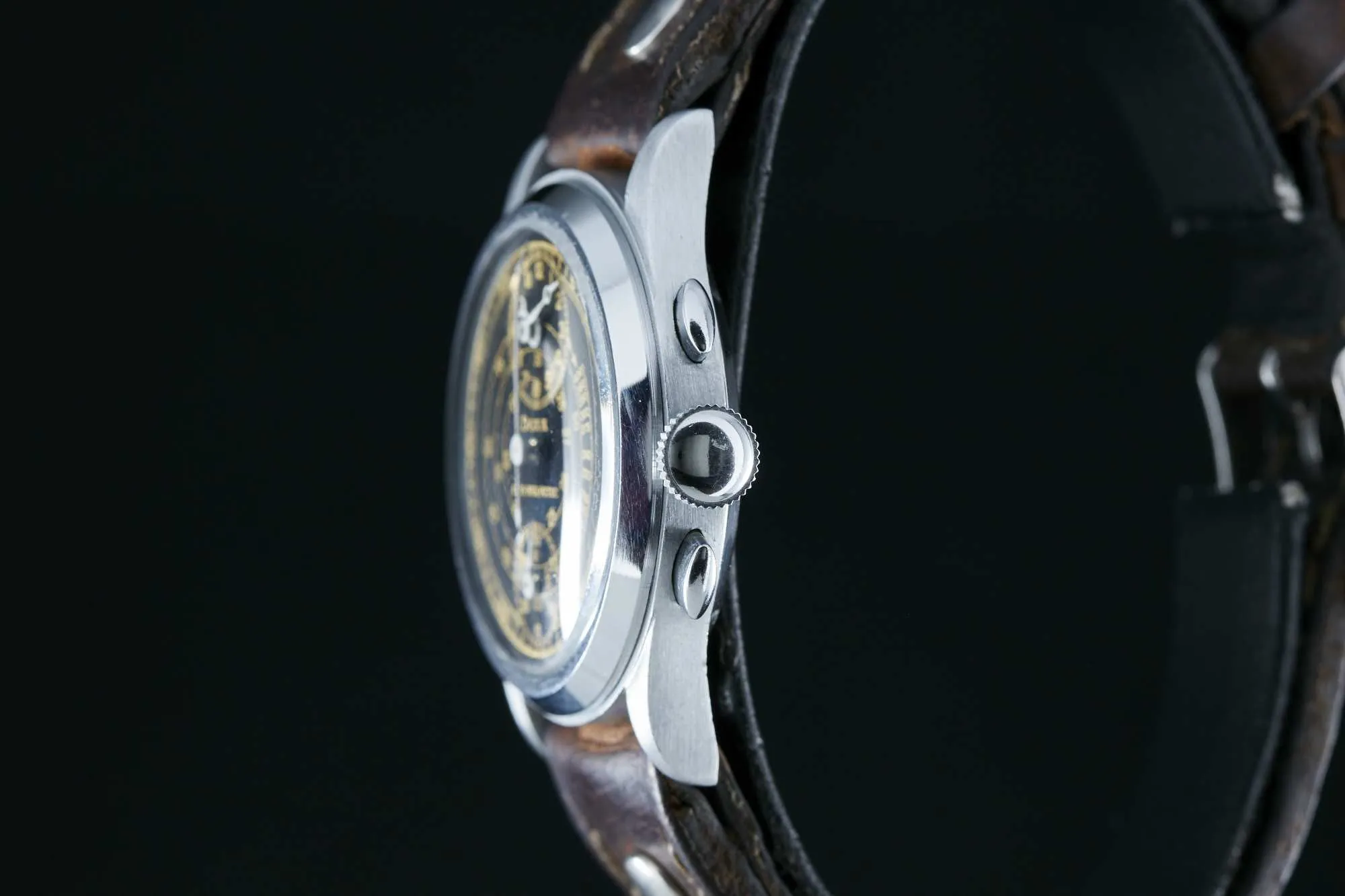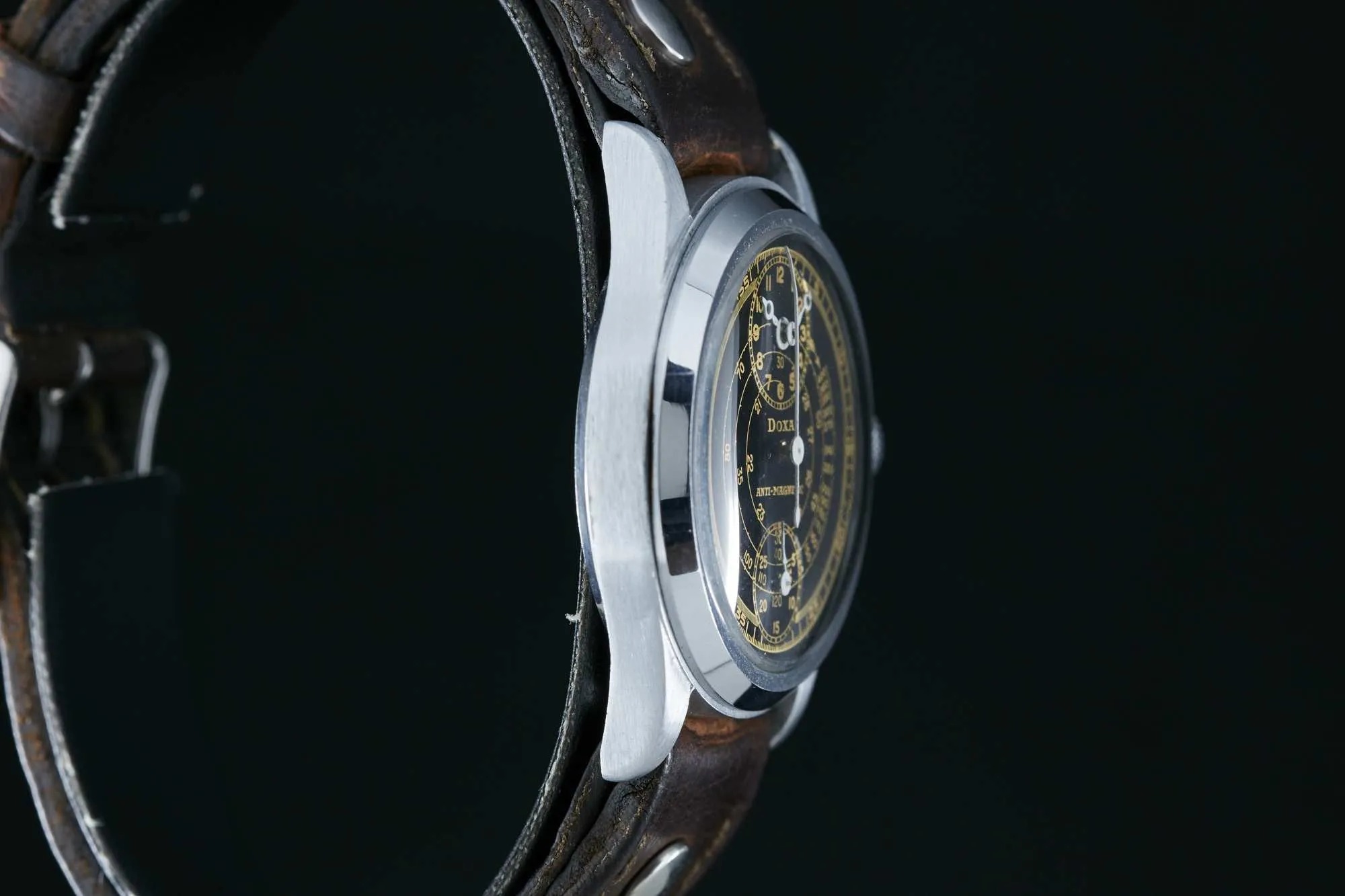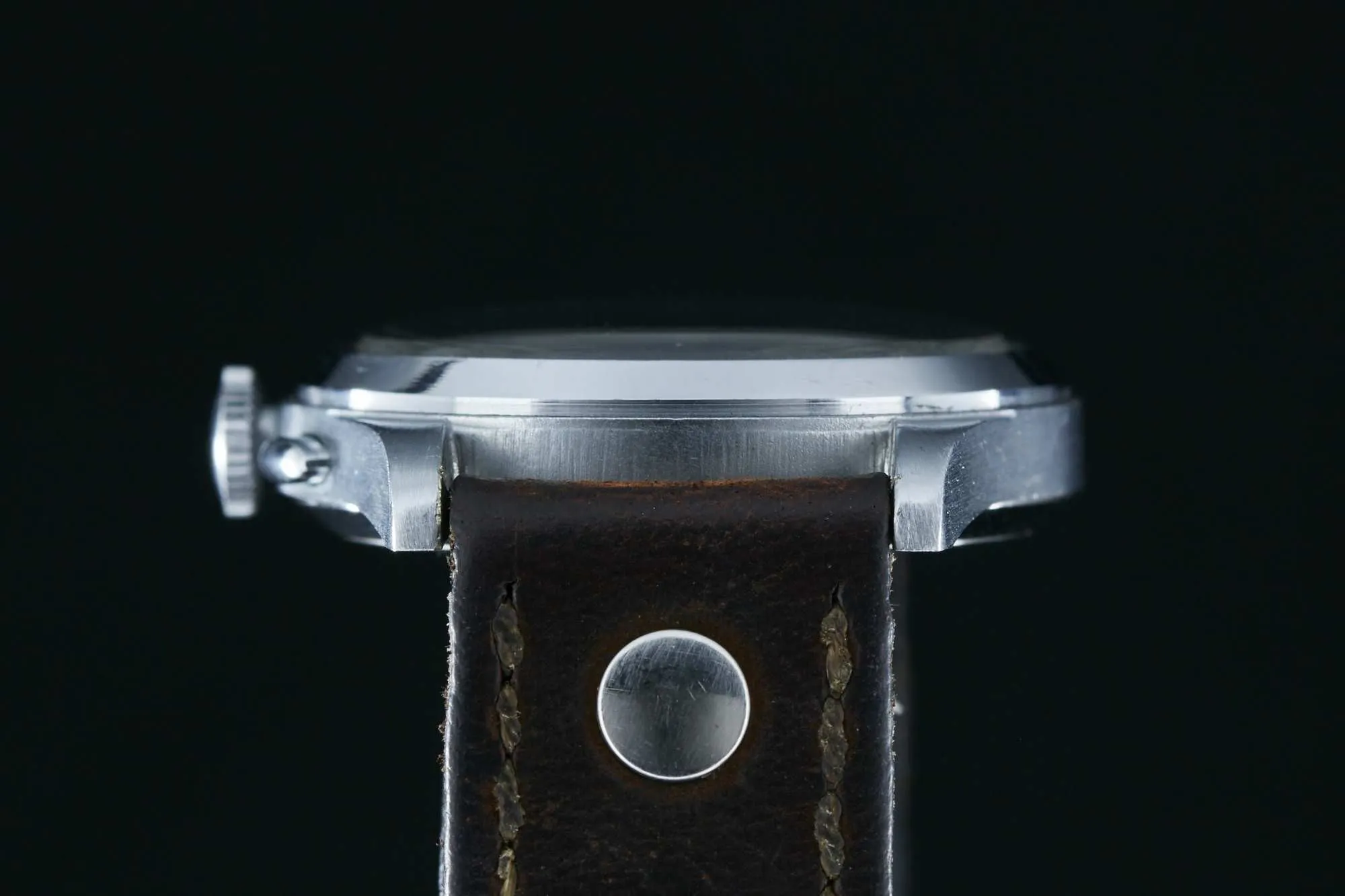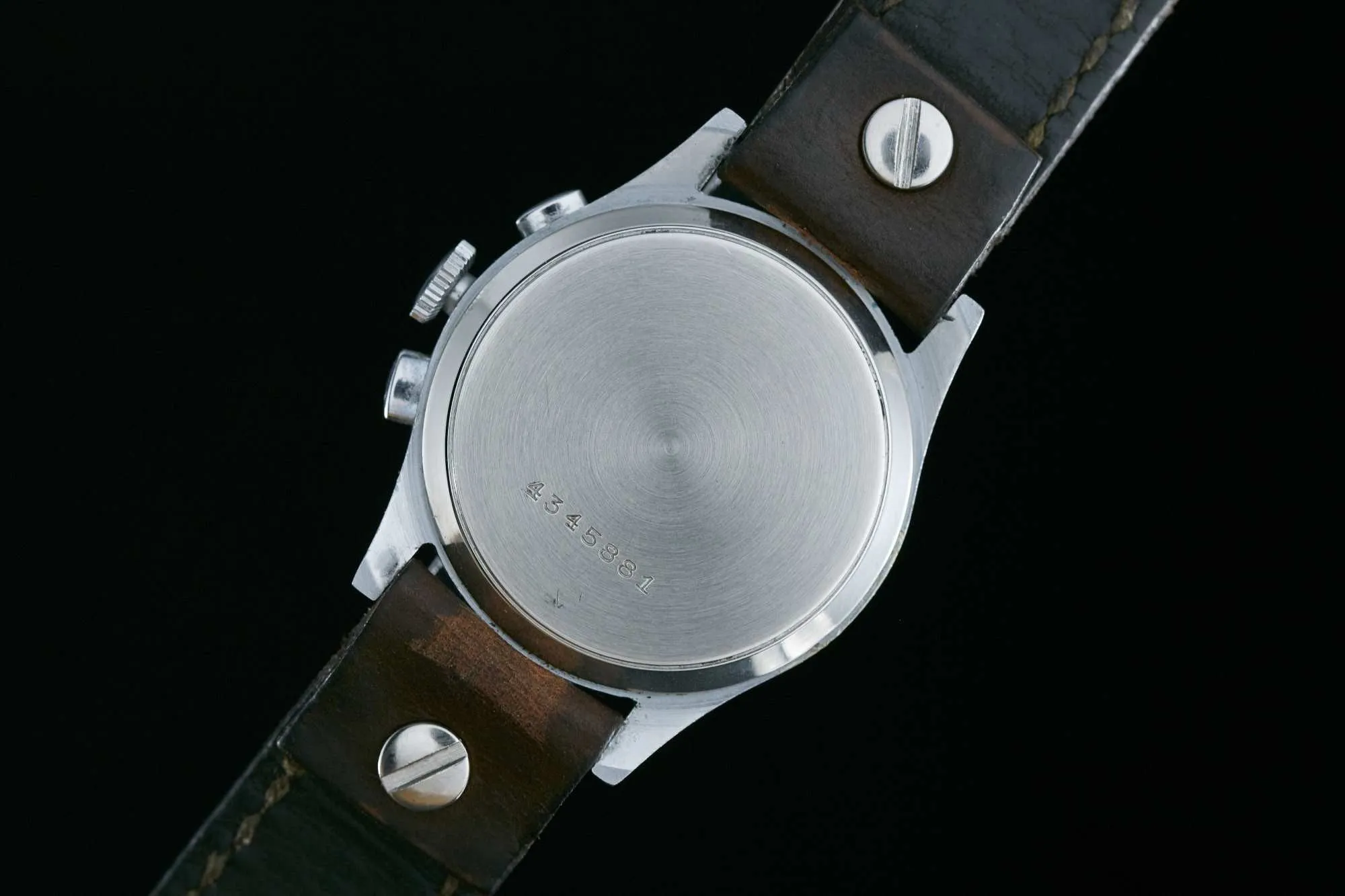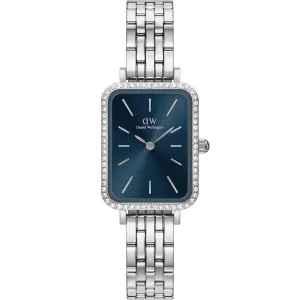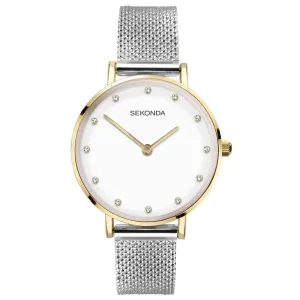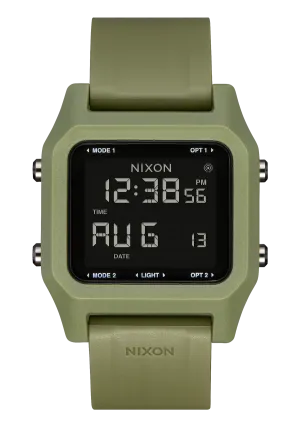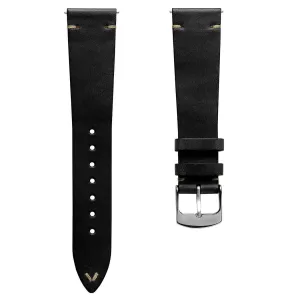We here at Analog Shift have often sung the praises of Doxa, particularly the historic . The Sub 300T was favored by the king of SCUBA, Jacques Cousteau, and Dirk Pitt, the hero of Clive Cussler's series of adventure novels. It was the first dive watch to feature a U.S. Navy "No Compression" chart on the bezel, a Helium Escape Valve on the side of the case, and a bracelet that had an expandable clasp that could be adjusted over a diver's wetsuit without the need to remove links.
Yet Doxa's history started long before the Sub 300T debuted in the 1960s. In 1889, Georges Ducommun founded Doxa in that horological hotbed, Le Locle. From the inception of the company, its main stock in trade was dress watches. Their expertly-engineered pocket watches earned a place of distinction with luxury consumers in the early 1900s. They even garnered awards, such as a Gold Medal at the 1906 International Exhibition in Milan.
Throughout the 20th Century, Doxa introduced a wide variety of timepieces. They ranged from consumer grade, time-only watches to ornate ladies cocktail pieces, alarm clocks, precision cockpit instruments (including the first 8-day movement developed for use in automobiles), and military-issued wristwatches. The 1930s and 40s saw the introduction of a number of beautiful chronographs that combined elegant looks with the precision that consumers had come to expect from Doxa.
This watch is an example of a chronograph called a Regulator. This innovative design was first developed by Gallet, which eschewed the typical "compax" dial layout of most chronographs. The Regulator was intended for use by pilots, physicians, and sports referees, whose job involved timing. Therefore, the hours and minutes are contained in a smaller sub-dial at 12 o'clock rather than arranged around the outer edge of the dial, allowing the tachymeter track to be more visible.
The Regulator was a watch favored by pilots, and has the classic looks of a chronograph from the 1930s and 1940s. This was before Omega changed chronograph design forever by putting the tachymeter on the 's bezel rather than on the dial. So in the case of the Doxa, all of that information is arranged in concentric rings. The outer ring depicts five-minute markers and every second and 1/5 second in between, meticulously placed to allow the wearer to take precise measurements. In the center of the dial is the tachymeter, spiraling all the way from 400 to 21.
It's visually impressive, and in gilt it's absolutely stunning. In fact, this Doxa Regulator has perhaps the most arresting dial we've ever seen on a chronograph of this period. It's an exercise in concentricity, a practice in balance, but above all it's useful, combining beauty with functionality--the absolute pinnacle of chronograph design.




